How well do you know your yarns? Carpets and rugs add a beautiful finish to an interior, but before they become the final product, they start off as millions of strands of differing yarns before being woven into a cohesive whole. We sat down with Tappeti Director, Karinna Gobbo, to talk about yarn.
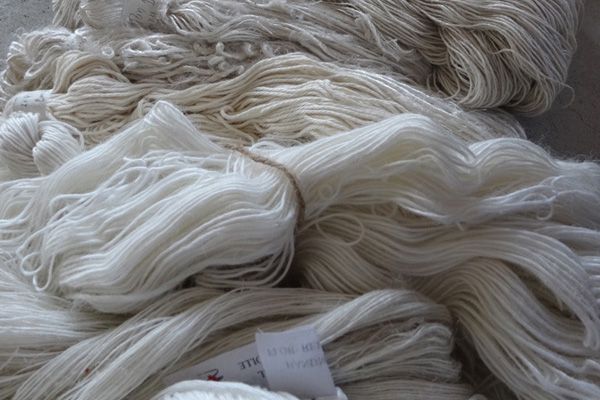
June 14th, 2016
Tappeti Fine Handcrafted Rugs + Carpets works with their clients to create unique designs for projects such as The Old Clare Hotel, and multiple Westfield Shopping Centres. But even before the design process begins, it’s important to consider the raw materials. Here, Tappeti Director, Karinna Gobbo shares some in-depth industry knowledge on the all-important area of yarn.
Indesign Live: In rugs and carpets, what yarn is most commonly used?
Karinna Gobbo (KG): We use predominantly New Zealand wool, as it is both an affordable and durable fibre, but there are several wool types ranging from low to medium-grade Blended Indian wools, to the best New Zealand wool. Other popular fibres that are used include hemp, nettle, viscose and silk. Each fibre has a different texture, which gives way to a very different finish, and by combining various fibres there’s a great opportunity to create something truly unique. Hemp and nettle are from plants that we source in Nepal, and we use them in our hand knotting. Silk can be sourced from various countries and is beautiful, but much more delicate than other fibres.
Indesign Live: How does fibre choice affect the resulting rug?
KG: From experience, the better the fibre you choose, the more longevity and higher-quality finish you will have as an end result. For example, New Zealand wool is the most durable fibre on the market and is what we specify for commercial use: it cleans and wears well, and looks great for a long period of time.
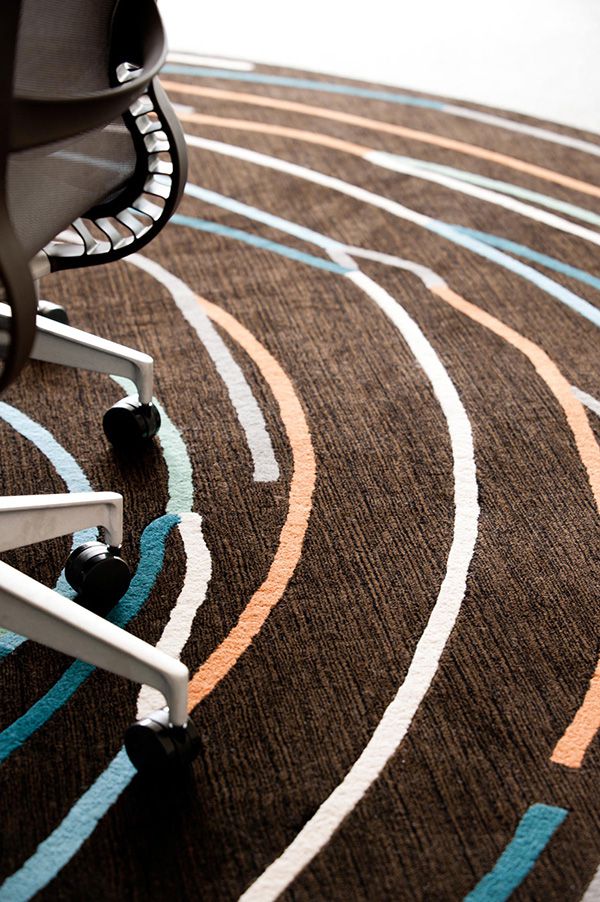
Finished rug in 100% New Zealand Wool. Blue Mountains Cultural Centre. Design by Hassell.
Indesign Live: Why might someone choose to use a certain yarn over a different one?
KG: Generally it’s a personal preference for the look and feel that the client is after, as well as consideration of application. We wouldn’t, for example, specify a 100% silk or viscose rug for a commercial environment as it wouldn’t meet commercial standards, but it would, perhaps, suit a private home that is after an exclusive finish. Hemp on the other hand, is a personal preference as it’s suitable for commercial and residential use, and is great when looking to achieve variation in textural finish, as the colour absorbs very differently into the hemp fibres.
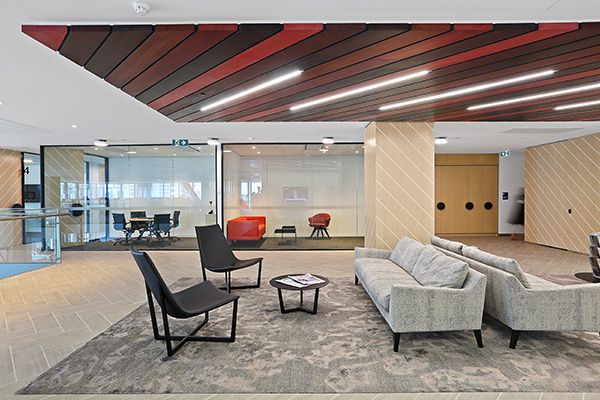
Hemp and Viscose Hand-knotted rug. Quantium. Design by Valmont.
Indesign Live: Where do you normally source your wool from for your projects?
KG: As a general rule, we find that the fibre from New Zealand is finer, cleaner, and easier to work with. Often Indian yarns are coarse, with inconsistencies and aren’t white to begin with, which affects the dying process.
Indesign Live: What’s the process for crafting a rug?
KG: All our rugs are hand crafted either by hand tufting or hand knotting which ensures an extremely high level of quality. In addition to this, our yarn is hand dyed and matched to one of 260 colour recipes, depending on the client’s specification. After that, a map of the rug design is drawn to full scale. It looks almost like a grid that carefully marks out the colour and location of each and every knot for the weavers to follow.
Indesign Live: What are the main differences between hand knotting and hand-tufting?
KG: The main differences between these two is the technique and the time involved to manufacture these products. Both require a certain level of skill to manufacture. Hand-knotted is exactly as ‘hand-knotted’ suggests: each fibre is individually wrapped around the warp by hand to create tiny knots and is more time consuming. Hand-tufting involves using a small hand gun where the fibres are shot through a backing cloth – a much quicker process. The intricacy that can be achieved with hand-knotting is greater than with hand-tufting.
Indesign Live: What do we mean when we talk about pile height and pile density?
KG: Pile height and weight are important considerations for commercial longevity and meeting commercial standards. Pile height refers to the height of the entire rug from base to the finished top. Pile density is the weight by area, for instance we work by square metre. In our hand tufted collection our commercial specification is 3.0kg per m2 as a minimum.
Tappeti
tappeti.com.au
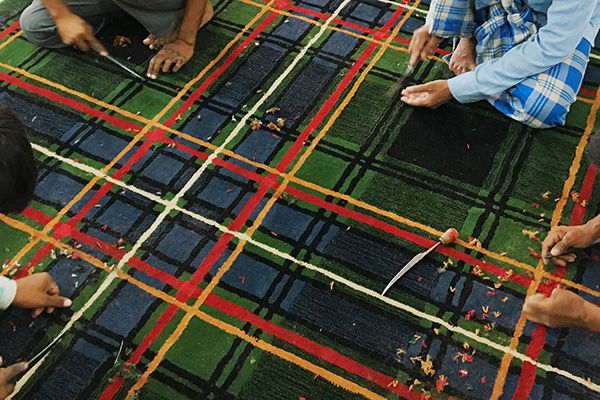
Hand finishing techniques. 100% New Zealand wool rug.
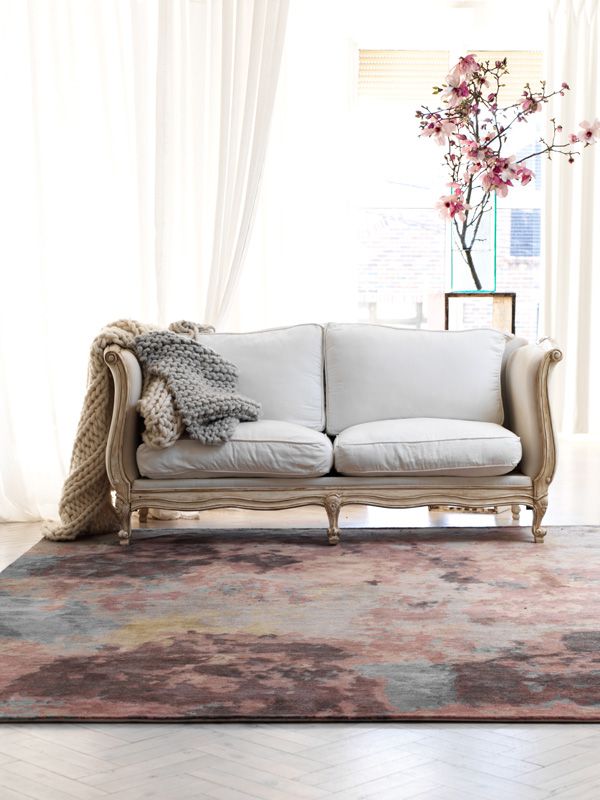
Nettle fibre hand-knotted rug. Photography by Linda Rosewall.
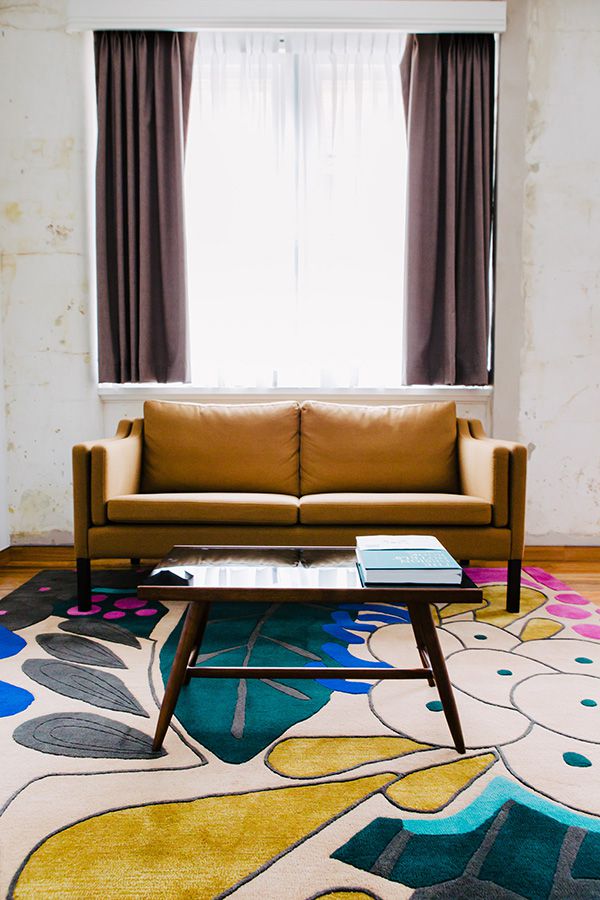
New Zealand Wool and Viscose Hand-tufted Rug with various hand finishing techniques. The Old Clare Hotel.
New Zealand Wool and Viscose Hand-tufted Rug. Qantas HQ. Design by Hassell.
INDESIGN is on instagram
Follow @indesignlive
A searchable and comprehensive guide for specifying leading products and their suppliers
Keep up to date with the latest and greatest from our industry BFF's!
The new range features slabs with warm, earthy palettes that lend a sense of organic luxury to every space.

Welcomed to the Australian design scene in 2024, Kokuyo is set to redefine collaboration, bringing its unique blend of colour and function to individuals and corporations, designed to be used Any Way!

London-based design duo Raw Edges have joined forces with Established & Sons and Tongue & Groove to introduce Wall to Wall – a hand-stained, “living collection” that transforms parquet flooring into a canvas of colour, pattern, and possibility.

For Aidan Mawhinney, the secret ingredient to Living Edge’s success “comes down to people, product and place.” As the brand celebrates a significant 25-year milestone, it’s that commitment to authentic, sustainable design – and the people behind it all – that continues to anchor its legacy.
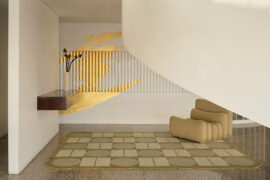
In the latest collaboration between Designer Rugs and Greg Natale, the raw rigour of modernist geometries finds its most comforting articulation in the inherent softness of floor coverings.
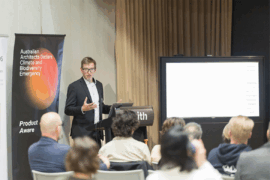
In a landscape clouded by data and greenwash, Product Aware offers architects and designers a common language for sustainability. Embraced by suppliers – including Milliken – it is setting a new benchmark for trust and bringing clarity and accountability to material specification.
The internet never sleeps! Here's the stuff you might have missed

A retrospective at Canberra Museum + Gallery honours Enrico Taglietti, shaping the exhibition through his own design principles.
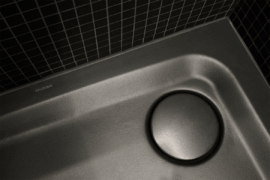
Overlooking Berlin Zoo, the suites of the 25hours Hotel Bikini Berlin curate the sustainability ethos in an entirely unique and dynamic aesthetic. Think natural fabrics and materials, jewel-hued colours, curves and cushions, spa-like bathrooms and hammocks with views over urban greenery.
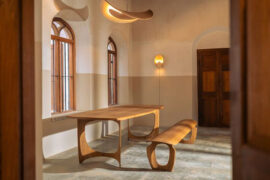
From Australian architects to Spanish and Indian designers, Design Mumbai 2025 expands its international reach — proving India’s growing role on the global design stage.
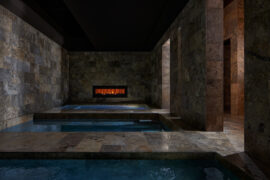
Hogg & Lamb’s Albion Bathhouse has been awarded The Health & Wellbeing Space at the INDE.Awards 2025. The project reimagines the contemporary bathhouse as an immersive architectural journey – one that restores balance through atmosphere, materiality and mindful design.